Create a beautifully simple personal or academic website in under 10 minutes.
Rakitha Beminiwattha is an Assistant Professor of Physics at the Louisiana Tech University. He enrolled in the Ohio University in Fall of 2007 as graduate student after completing the bachelor degree in science with physics major and chemistry and mathematics as minor subjects from University of Peradeniya, Sri Lanka where he is native. He received his doctor of philosophy (Ph.D.) in nuclear experimental physics in May of 2013. Rakitha then started as a research associate with the Syracuse University stationed at Jefferson Lab.
My research at the Louisiana Tech University group mainly includes precision tests of the Standard Model of Particle Physics (SMPP) utilizing parity-violating electron scattering (PVES): MOLLER and Qweak experiments at JLab and the P2 experiment at MESA facility in Germany represents weak mixing angle measurements primarily at low momentum transfers 4.5 x 10-3 GeV/c2 < Q2 < 0.20 GeV/c2. I’m also involved in study of nuclear medium effects on bound quarks (EMC effect) using PVES. My major funded projects are: design and develop charge particle detection systems for the MOLLER experiment, design an electron detector for a polarimeter, design radiation shielding measures for MOLLER, and the theoretical interpretation of the experimental results, and publications for Qweak.
My research work is currently funded by Research Competitiveness Subprogram (RCS) of Louisiana Board of Regents and National Science foundation (NSF)
Students participate in basics science research in nuclear and particle physics learn many different computing and electronics skills. Students will have many career choices in industry and in academia after graduating with these set of skills. I can discuss many skills you as a prospective student will be able to master while conducting research related to the Jefferson Lab during an in person discussion.
We conduct most of our daily computing needs on open source softwares mainly on Linux systems. Students will get the opportunity to master their computer programming skills. We mainly use C++ and C++ based data analysis softwares. We also utilize many electronics skills for designing, building and maintaining data acquisition systems (DAQ). There are situation where legacy softwares are involved that would need some FORTRAN programming skills.
PhD in experimental nuclear and particle physics, 2013
Ohio University
BSc in Physics, 2006
University of Peradeniya, Sri Lanka
Sun, Jan 1, 2017, Hugo Academic Theme Conference
Sun, Jan 1, 2017, 22nd International Spin Symposium

Create a beautifully simple personal or academic website in under 10 minutes.
Enable/disable and configure widgets to customize your homepage.
This is a brief guide to managing content with the Academic framework. Content can include publications, projects, talks, and news/blog articles. After you have read this guide about creating and managing content, you may also be interested to learn about writing content with Markdown, LaTeX, and Shortcodes.
Content can be written using Markdown, LaTeX math, and Hugo Shortcodes. Additionally, HTML may be used for advanced formatting. This article gives an overview of the most common formatting options.
Learn how to migrate an existing website from Jekyll to Hugo.
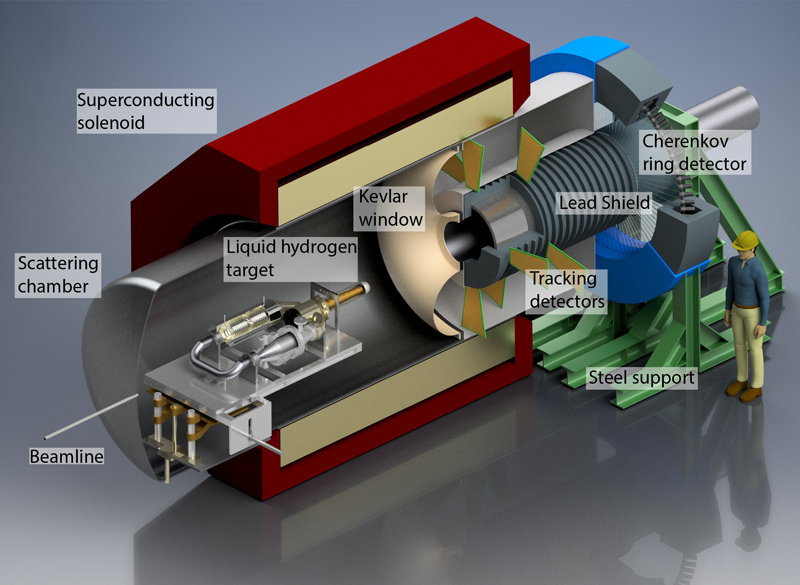
The Qweak experiment at Jefferson Lab is making the first direct measurement of the weak charge of the proton, $ Q^p_W$.
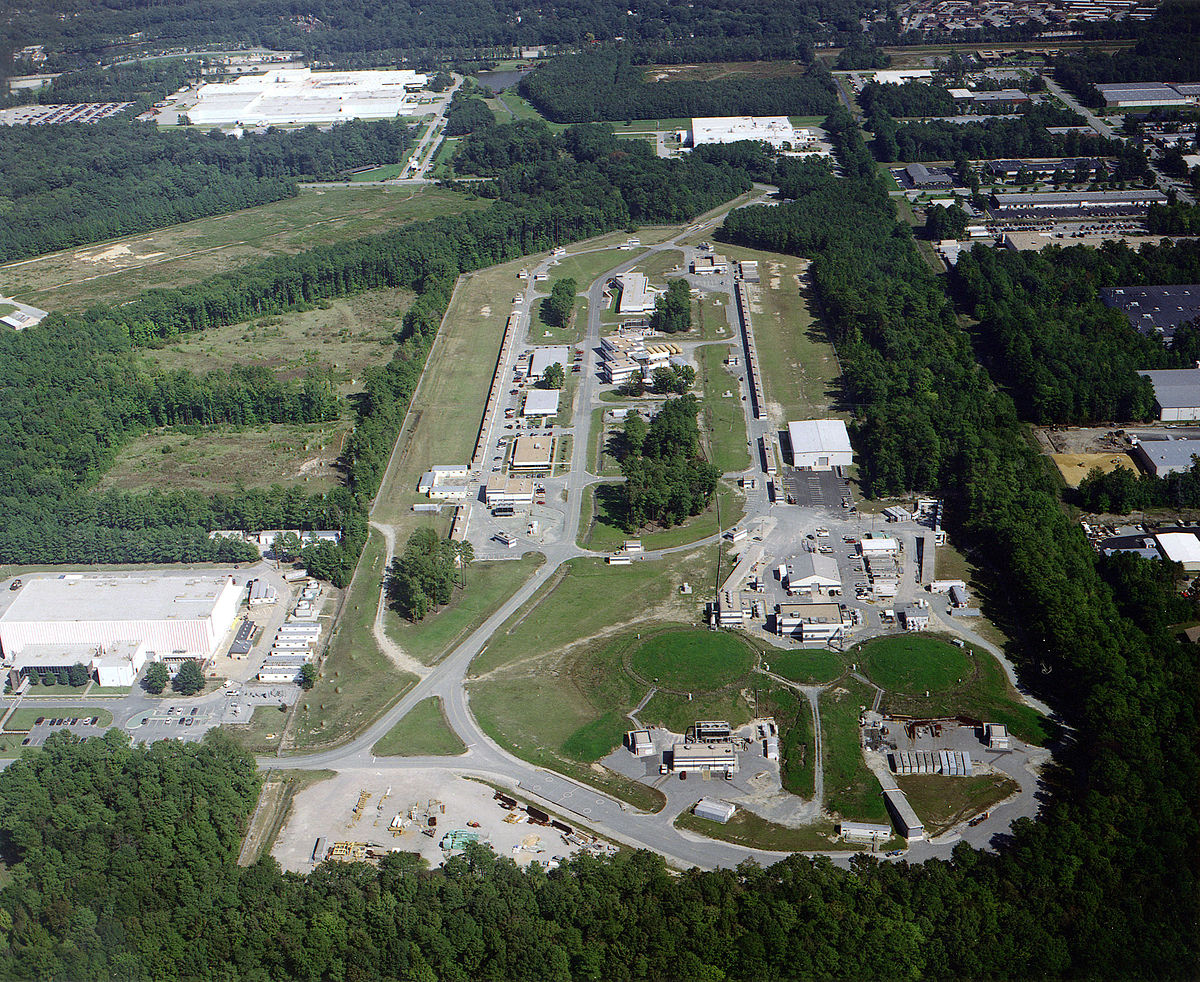
For Prospective Students
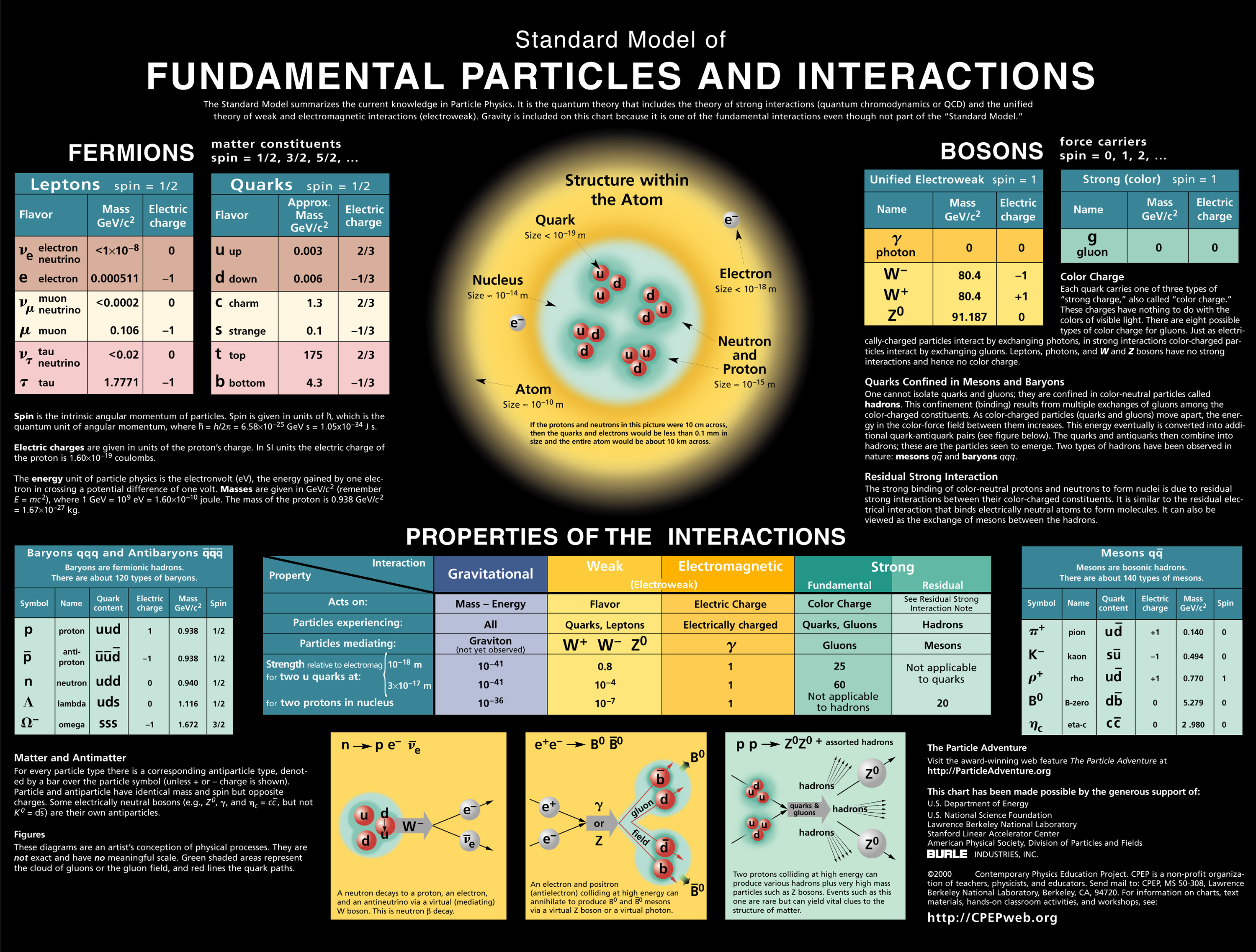
Current Activities
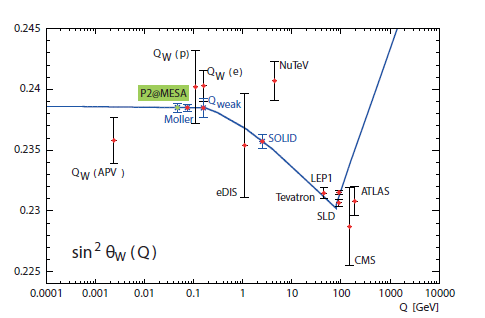
The MOLLER experiment at Jefferson Lab will measure the weak charge of the electron, $ Q^e_W = 1 - 4 sin^2 \theta_W $
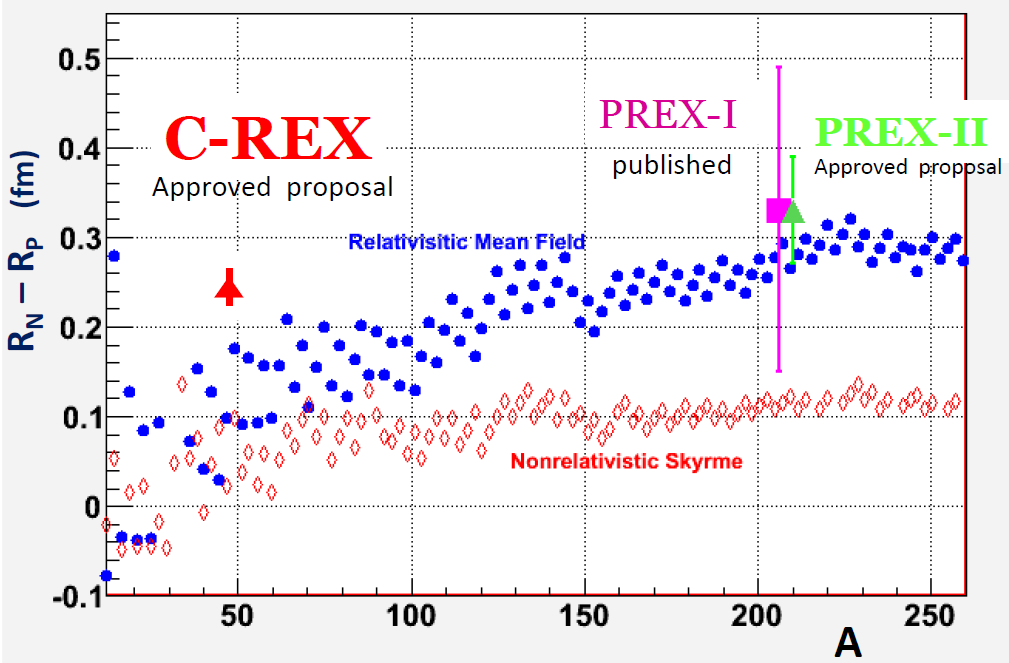
Extract a model independent measurement of the neutron skin thickness of the $ m ^{208}Pb$ and $ m ^{48}Ca$ nuclei
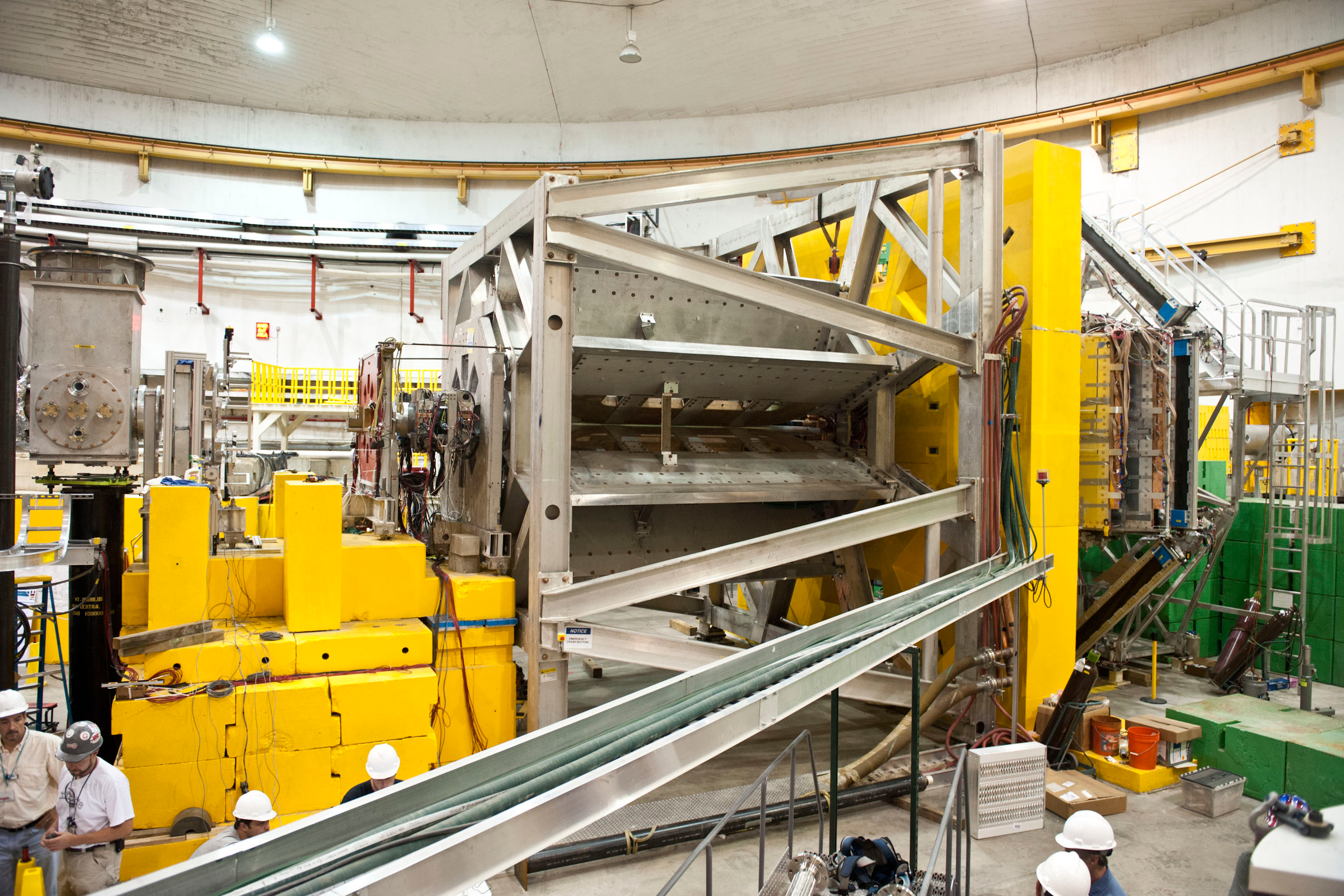
The Qweak experiment at Jefferson Lab is making the first direct measurement of the weak charge of the proton, $ Q^p_W$.
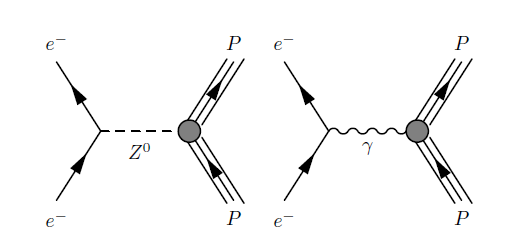
Precision measurements of the SM predicted quantities can be used to test the SM and discover new physics interactions beyond the SM.
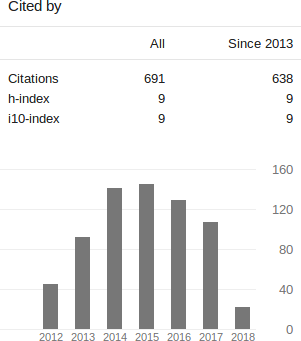
Google Scholar Profile

Lorem ipsum dolor sit amet, consectetur adipiscing elit.

An example of linking directly to an external project website using external_link.
Louisiana Tech hosted the ONLY Science Olympiad invitational in the state on Saturday, January 26, 2019. I have volunteered to make Astronomy (division C) and Solar system (division B) competition.
Astronomy (division C) invitational Exam
Astronomy (division C) invitational Exam Key
Solar system (division B) invitational Exam
Solar system (division B) invitational Exam Key
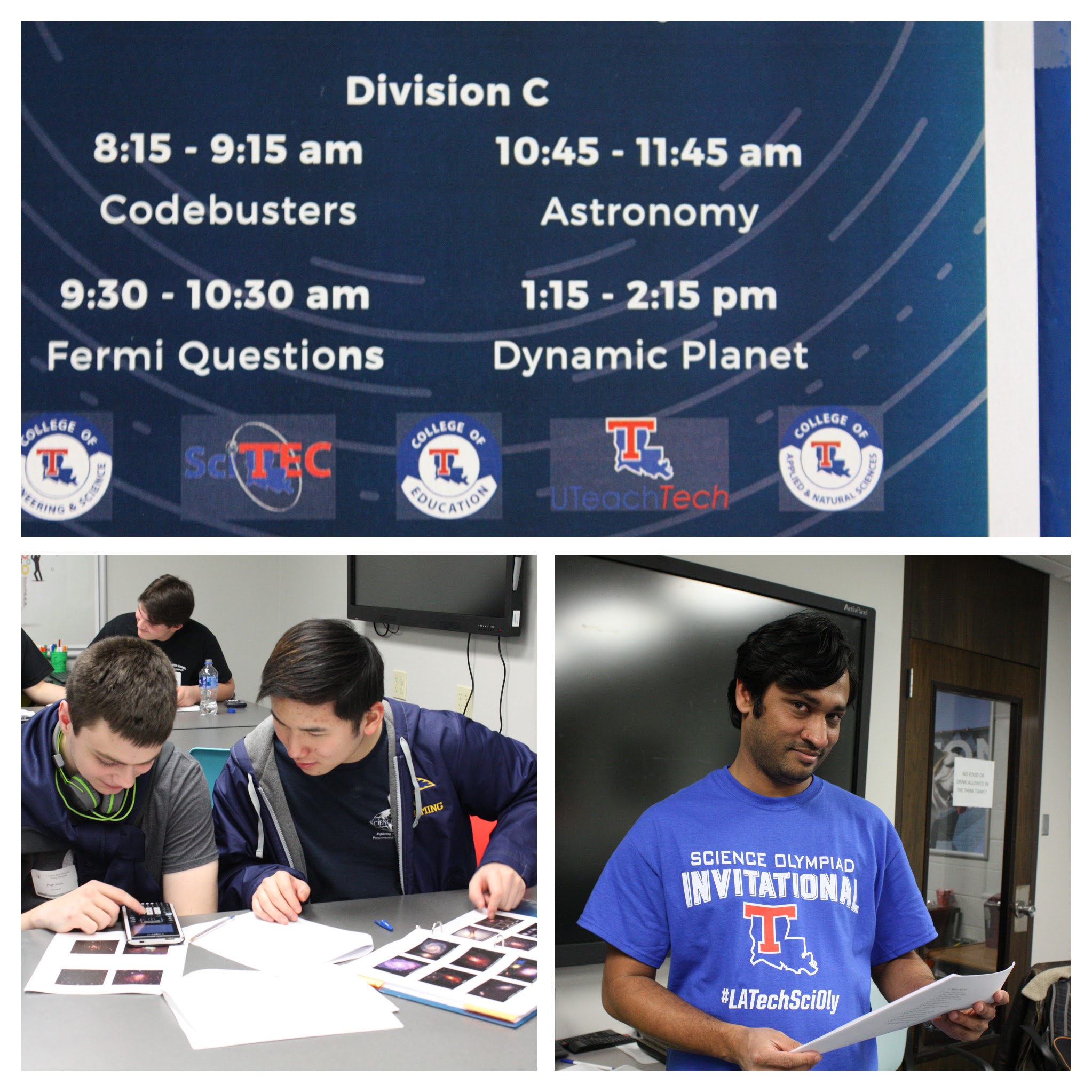
I’m collaborating with a group of people from CERN to build the world’s largest open source distributed cosmic ray telescope. We are using our spare time to build Cosmic Pi, a cosmic ray detector based on a Raspberry Pi. The goal is to crowdsource the world’s largest cosmic ray telescope by getting the devices into the hands of people and organisations around the globe and then collecting data that will help astrophysicists understand more about cosmic rays.
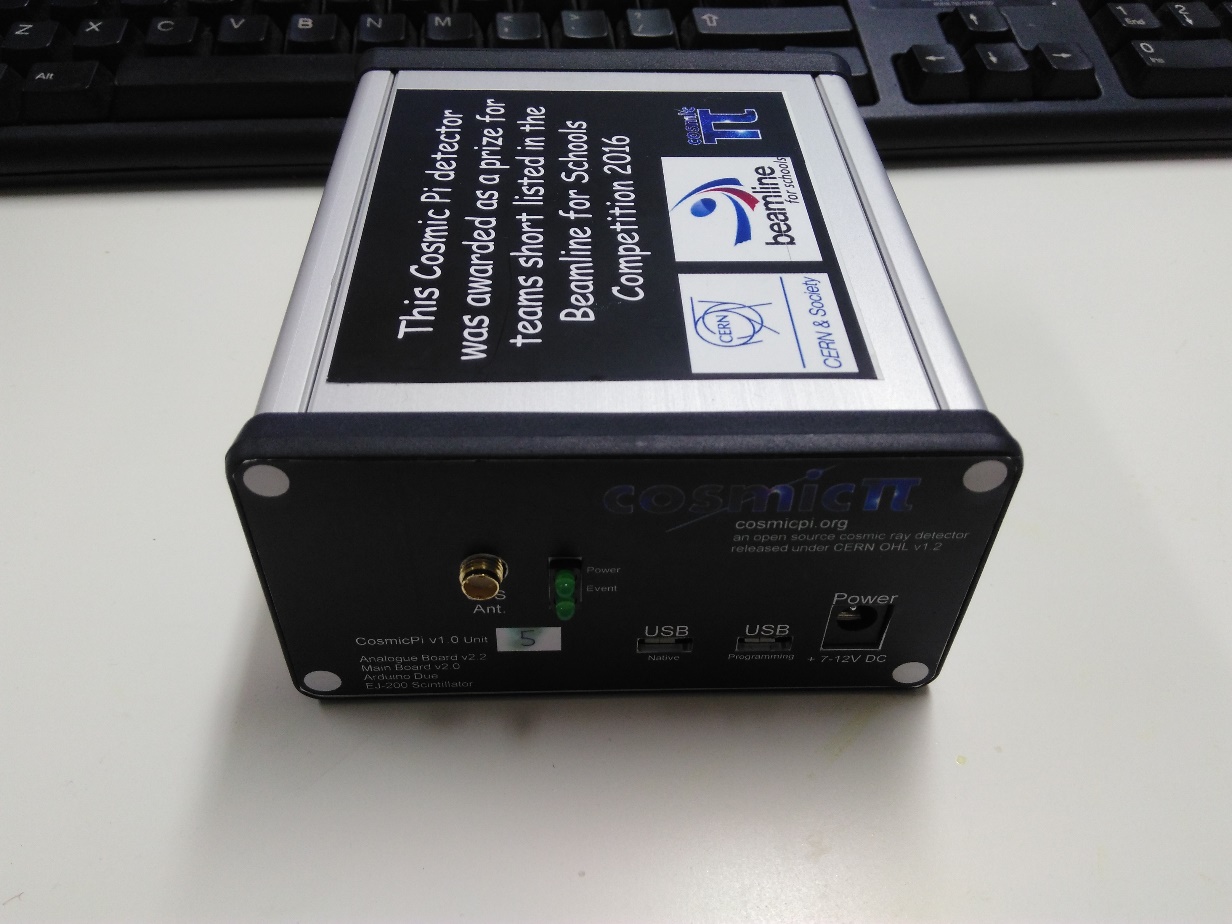
The CosmicPi detector aims to fulfill the following features:
More information CosmicPi main page
It is vital to have a globally competitive STEM workforce in the USA. I’m committed to volunteer at public schools and other outreach programs to teach computer science related subjects for students at all ages.
Volunteering for the Hour of Code during December 5-11, 2016 at the Lincoln Preparatory School, Grambling, LA

Volunteering my time for Adopt-a-Physicist program organized by Sigma Pi Sigma society at APS. It connects high school students to real physics graduates and PI has been volunteering for this program for three years and will continue to participate. I have been volunteering for four years now.
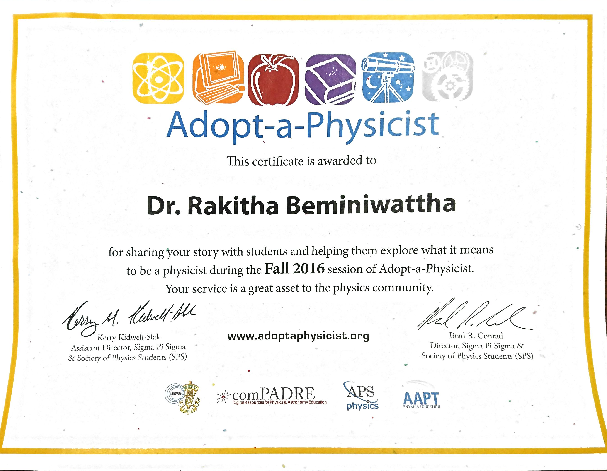
| Material | Course |
|---|---|
| Syllabus | Syllabus |
| Grade Rubric | Rubric |
| Lab 1 | Lab 1 |
| Lab 2 | Lab 2 |
| Lab 3 | Lab 3 |
| Lab 4 | Lab 4 |
| Lab 5 | Lab 5 |
| Lab 6 | Lab 6 |
| Lab 7 | Lab 7 |
| Lab 8 | Lab 8 |
| Material | Course |
|---|---|
| Syllabus | Syllabus |
| Grade Rubric | Rubric |
| Lab 1 | Lab 1 |
| Lab 2 | Lab 2 |
| Lab 3 | Lab 3 |
| Lab 4 | Lab 4 |
| Lab 5 | Lab 5 |
| Lab 6 | Lab 6 |
| Lab 7 | Lab 7 |
| Lab 8 | Lab 8 |
| Quarter | Course |
|---|---|
| Winter 17 | Introduction to Physics I (Algebra based) PHYS 209 - Syllabus |
| Spring 17 | Introduction to Physics II (Algebra based) PHYS 210 - Syllabus |
| Fall 17 | Introduction to Physics II (Algebra based) PHYS 210 - Syllabus |
| Winter 18 | Electronics Lab PHYS 404 - Syllabus |
| Spring 18 | Electromagnetics Lab PHYS 405 - Syllabus |
| Fall 18 | Introduction to Physics I (Algebra based) PHYS 209 - Syllabus |
| Winter 19 | Introduction to Physics I (Algebra based) PHYS 209 - Syllabus |
| Spring 19 | Introduction to Physics I (Algebra based) PHYS 209 - Syllabus |